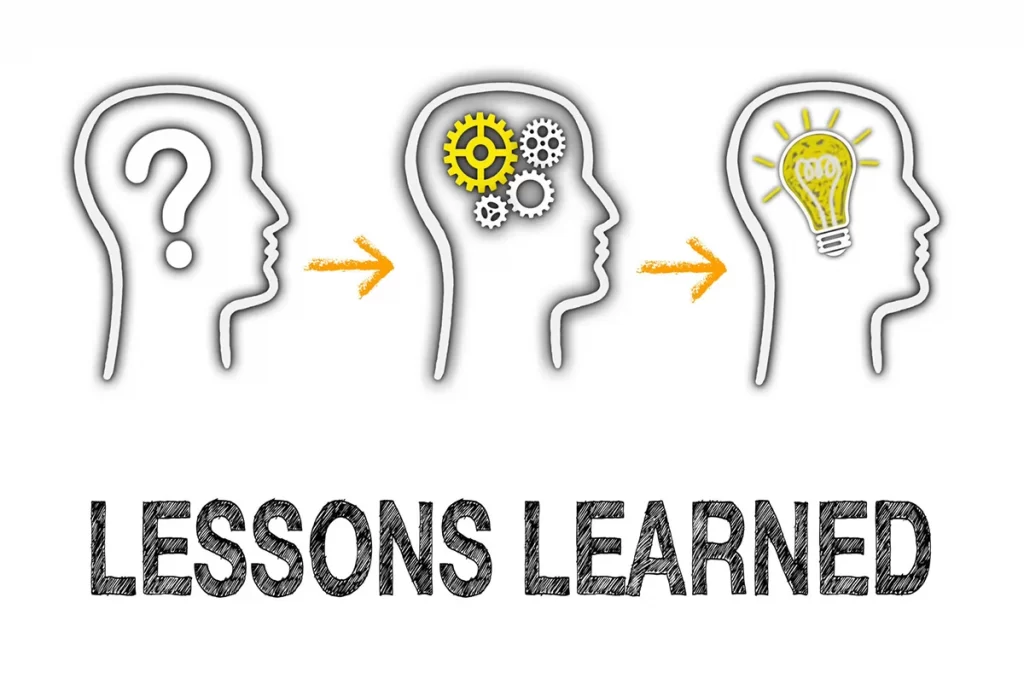
Part 3 of Our 3-Part Series
Breathing Life into Your Company Culture: How to Perform “Cultural CPR”
In Part 2 of our blog series, Breathing Life into Your Company Culture: How to Perform “Cultural CPR,” we discussed the second step of PRACTICE, or the “P,” in performing Cultural CPR. To breathe life into your organization’s culture, you have begun working to create awareness and responsiveness to your company culture to reach and maintain a state of daily practice. Now it is time for the “R” in Cultural CPR. Let’s measure the RESULTS!
Measure the RESULTS: Creating ownership and accountability surrounding your company culture must begin with correlating behavioral expectations of your leaders with outcomes. You achieve this by measuring how your leaders engage with employees within the organization and the specific effect on driving positive business results. By establishing visibility regarding when leaders fail to exhibit the behaviors that align with your company values, and the implications of these failures, you will prompt proactive action to address them. Leaders will need to act. They’ll need to “step up.” The same applies to your identifying the positive leadership behaviors and practices that align with your company’s values.
Indicators to consider when measuring the results of your cultural practices:
- Has the frequency and quality of the interactions between leaders and employees changed? For example, has it improved?
- Has the quality of your leader’s decision-making improved? For instance, did the leadership address root-cause of issues?
- Has your front-line team’s productivity shifted in alignment with the change in the level of leadership engagement, either positively or negatively?
Measuring cultural performance outcomes and the impact that these outcomes have on your business requires a correlation to specific performance indicators. When measuring results of your cultural performance, consider the tangible and intangible variables influenced by your leader’s behaviors and interactions, including productivity, employee or customer retention, sales acquisitions, safety incidences, employee engagement scores, and more.
Do not look at your new focus on breathing life into your company culture as a one-time initiative. It is an ongoing journey and needs steering at the required points of inflection. It also requires continuous reinforcements and role modeling from the leadership team. Ensure that you keep them engaged by showing them the impact created by the values, behaviors, and interactions on performance.
Reviving your organizational culture and applying Cultural CPR, can be challenging, especially when leaders do not use due diligence, patience, and commitment to the effort. Instead, this is where you work at all costs, not to let exceptions derail what you say you believe is vital to your business. Stay committed and be disciplined in your approach. When you make an exception to your beliefs, it’s then valid to question whether you believe those things and that you are genuinely committed. The same applies to the values that you claim are paramount to your organization.
Your company values and beliefs must transcend to what we call “non-negotiable.” Values and beliefs can never be on the table for negotiation. Defending your culture, once you’ve performed Cultural CPR, means making hard decisions and staying the course even when it would be easier to not. Protecting your culture means that you are willing to let someone go who is not exemplifying your culture, despite being a top producer. Defending and protecting your culture means that you work incredibly hard to achieve all your beliefs even when they come in conflict with each other in the manner that you believe contributes to business success.
The consequence of a lack of visibility regarding your cultural performance includes the unforeseen emergence of undesirable company culture and associated business outcomes. Like any CPR exercise, the intent is to revive and maintain “breath” or “life” in your company culture until it can breathe on its own. That means the efforts to revitalize your company culture will not stop here. However, it is a start on a positive journey to power your culture!
At POWERS, we believe that culture drives performance, and we work closely with businesses across all industries to address the above issues and more. If this piece resonated with you, and your organization requires Cultural CPR, we encourage you to continue the conversation and get in touch by connecting with Dr. Donte Vaughn here or Randall Powers here.

